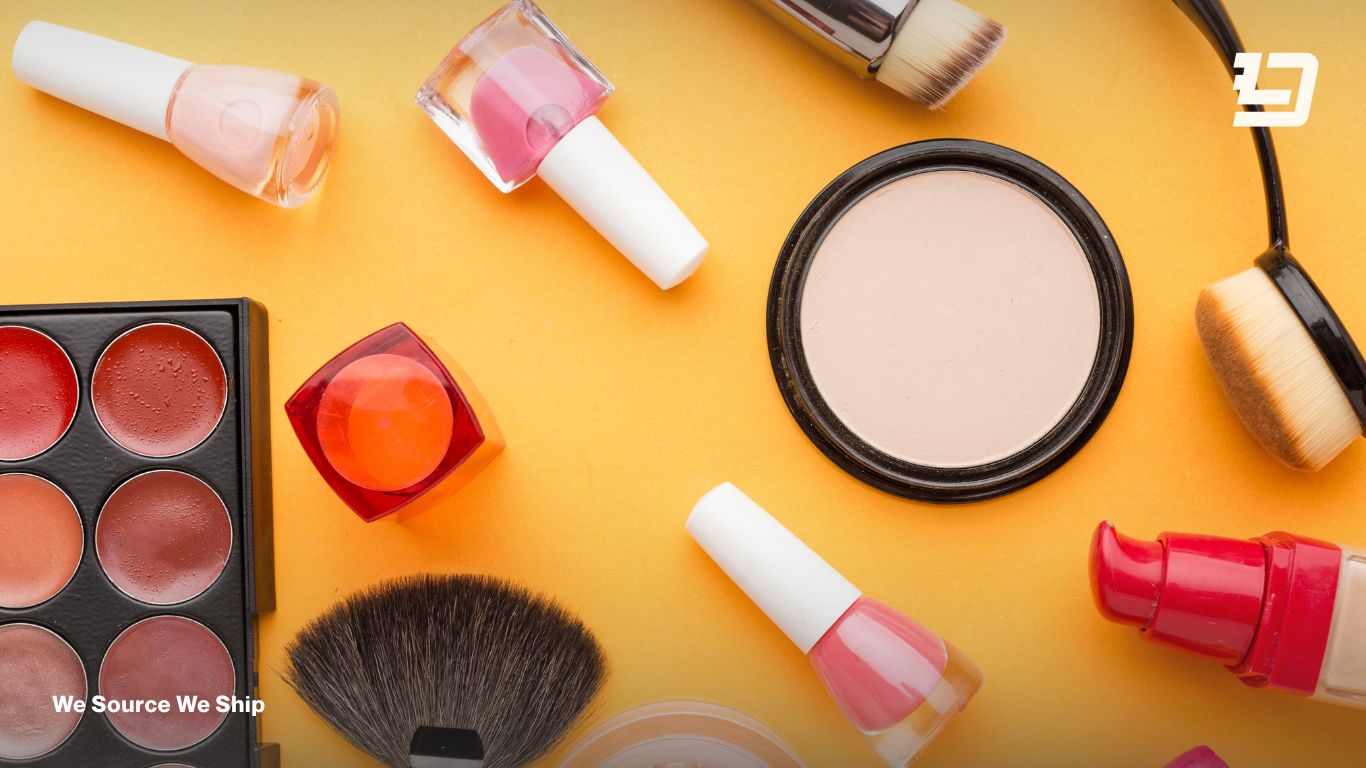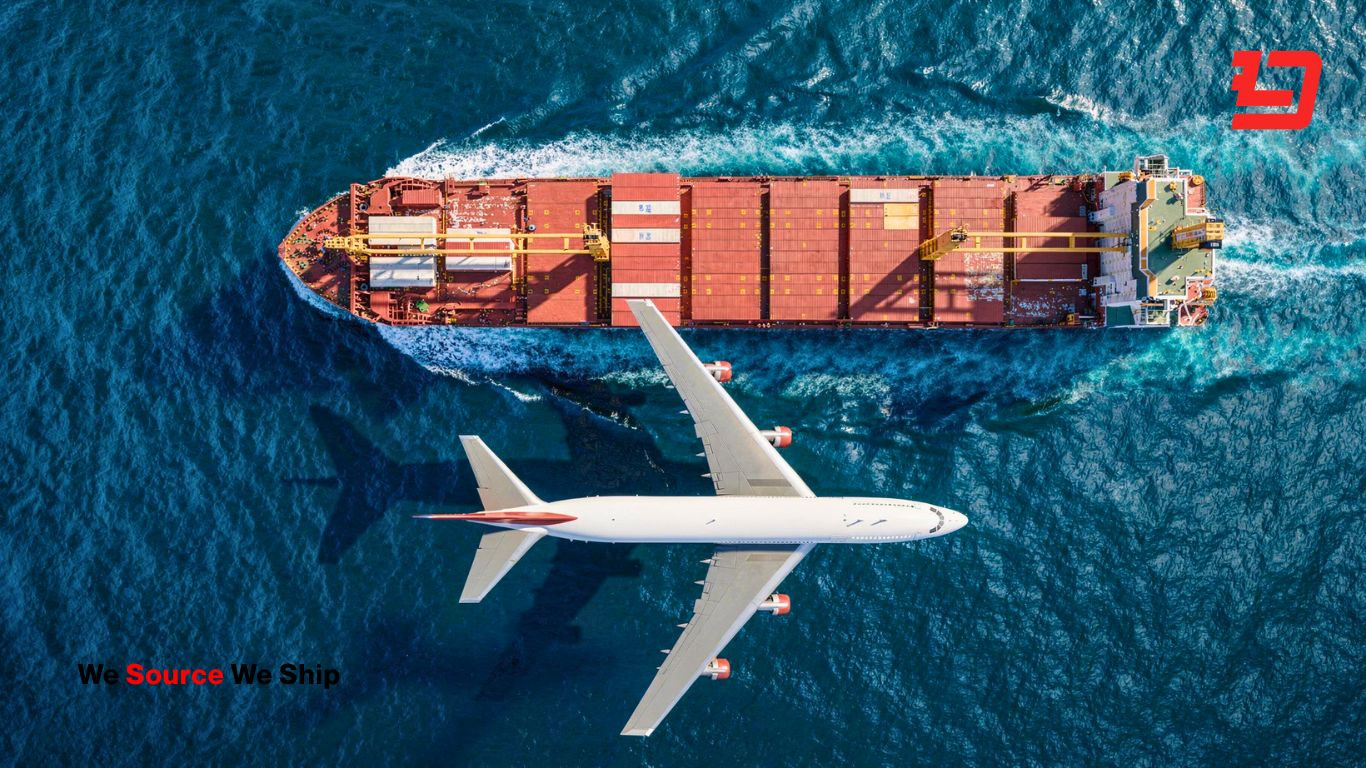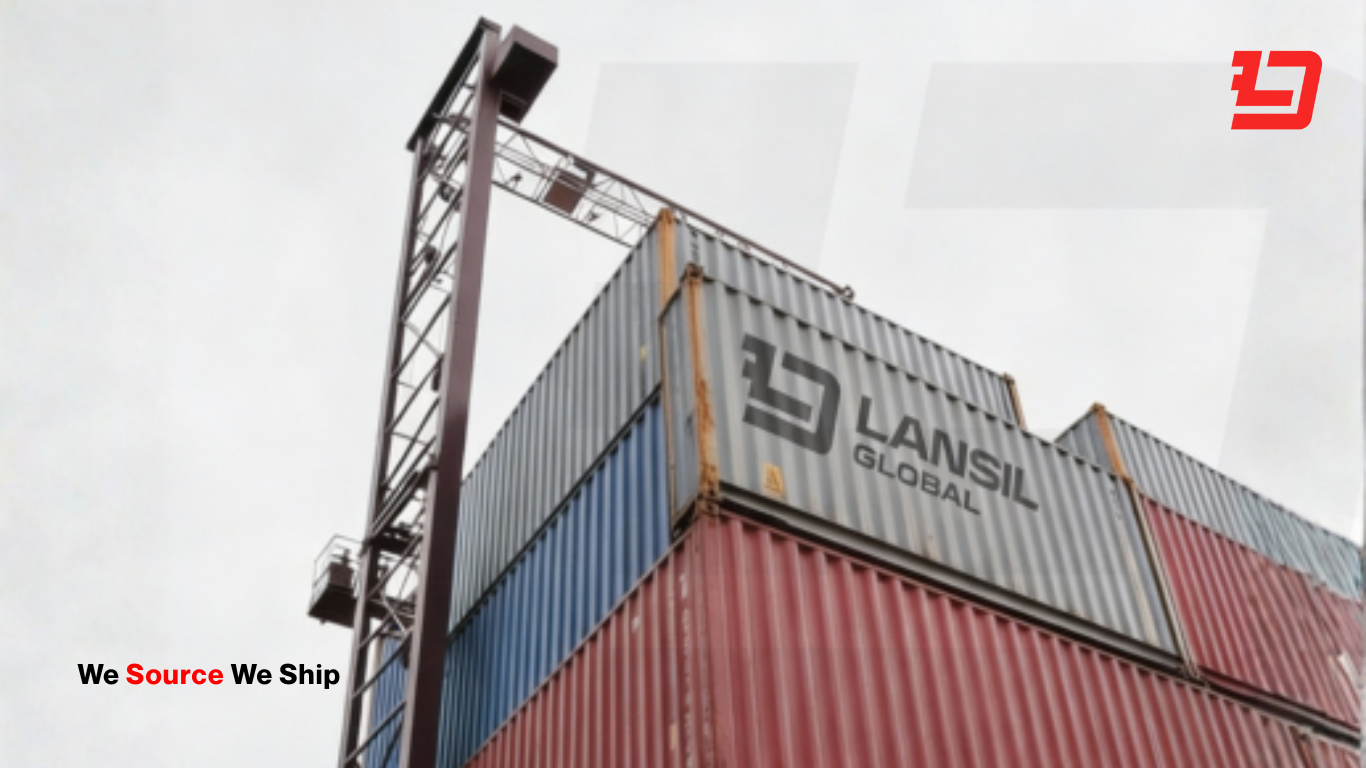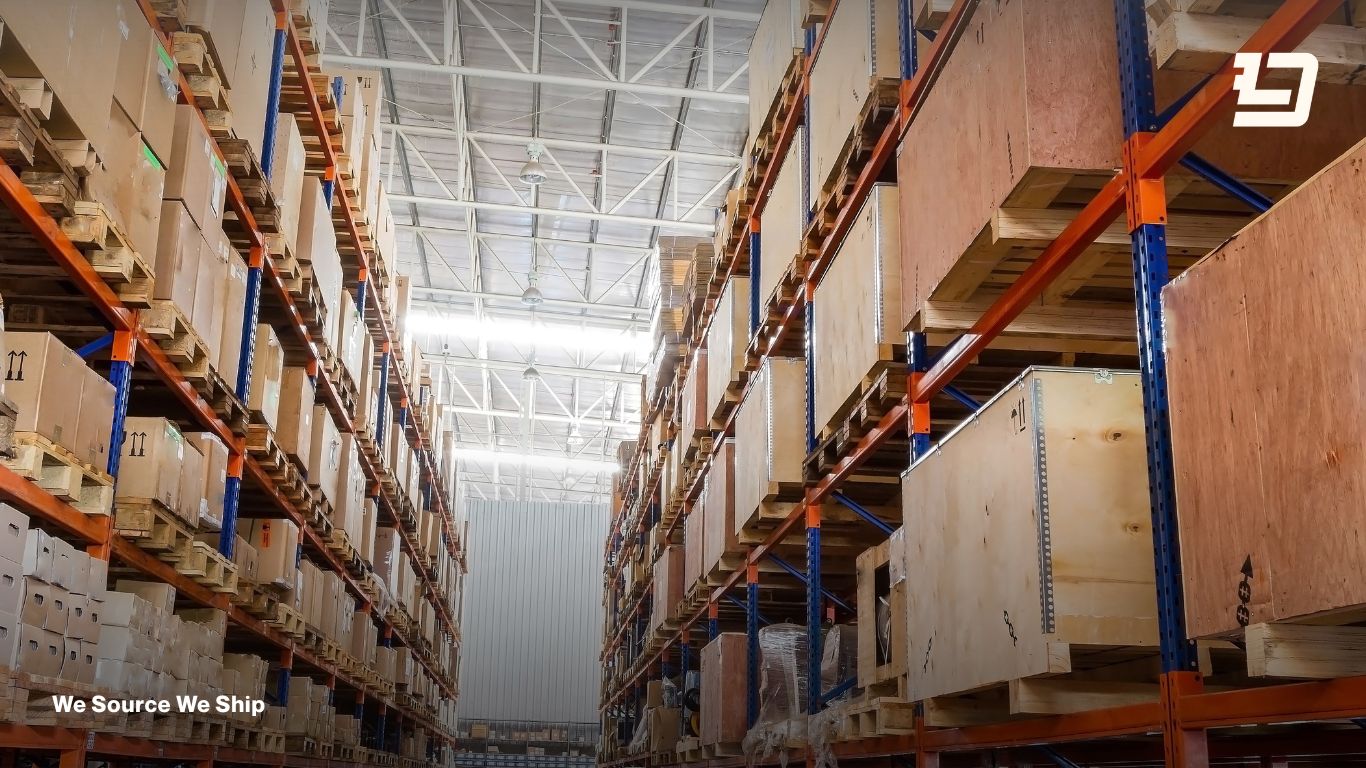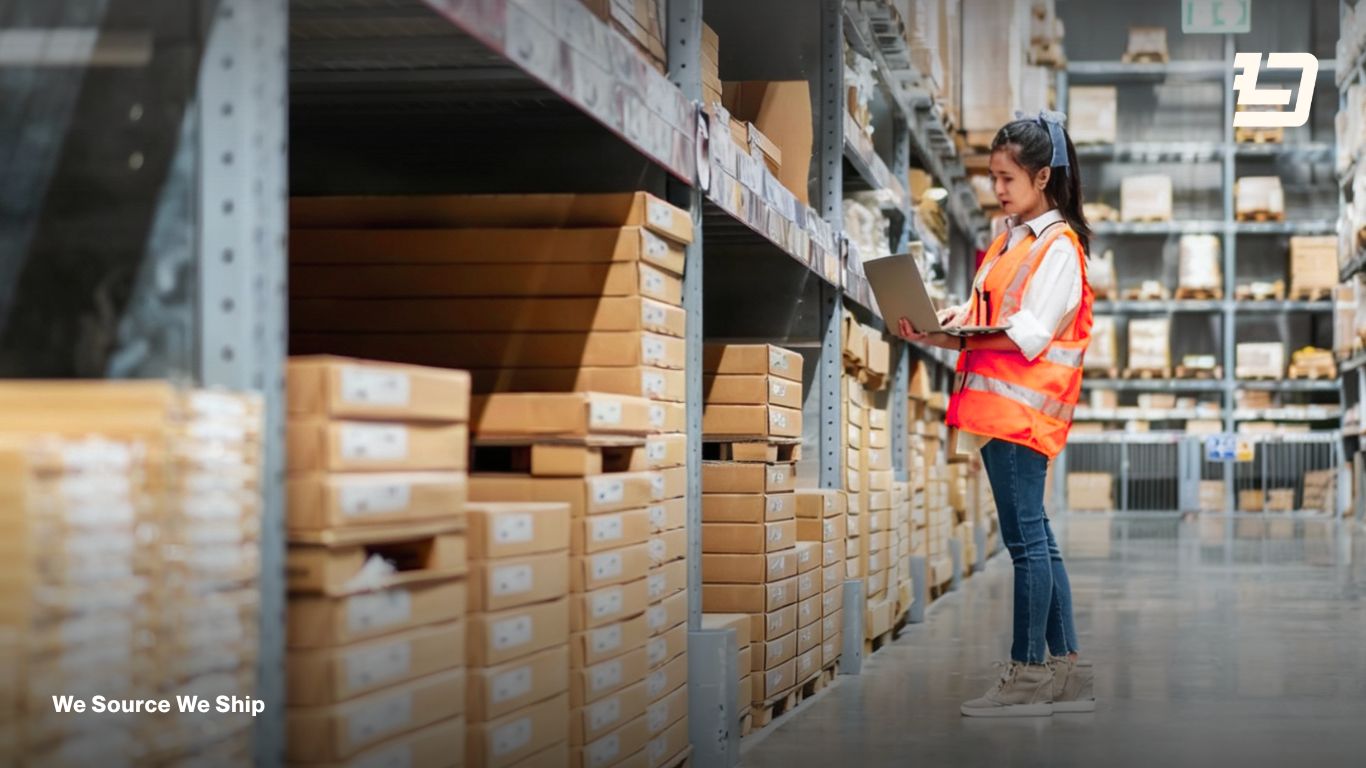China continues to dominate global cosmetics production in 2025. The country’s supply chain covers every stage of the beauty industry, from ingredient sourcing and formulation to packaging, labeling, and export logistics.
According to Statista, China now accounts for more than 25% of the world’s beauty and personal care exports, with manufacturing clusters in Guangzhou, Shenzhen, and Zhejiang producing everything from serums and face masks to lipsticks and makeup brushes.
For ecommerce beauty brands, this ecosystem offers unmatched advantages: lower costs, faster lead times, and access to advanced R&D labs specializing in clean beauty, vegan formulas, and sustainable packaging.
However, not all suppliers are equal. Some follow GMP standards and deliver consistent quality, while others lack proper certification or overpromise and underdeliver. Choosing the right partner determines your brand’s success.
This 2025 guide explains how to find trustworthy cosmetics manufacturers in China, verify credentials, and build reliable partnerships that protect both your reputation and margins.
For a broader overview of sourcing strategies, read our China Sourcing Guide for Scaling Ecommerce Brands.
Suppliers vs. Manufacturers: Know the Difference
Understanding the type of partner you are working with is essential:
- Manufacturers own their production lines and staff. They produce according to your design or formula, offering more control and accountability.
- Suppliers can include manufacturers but often act as agents who connect buyers to factories. They are convenient but add cost.
- Trading companies buy and resell from multiple factories. They offer flexibility for small batches but limit transparency.
If your brand sells in regulated markets such as the U.S. or Europe, always partner with a manufacturer that meets GMP (Good Manufacturing Practice) and ISO 22716 standards. Working directly with the source ensures lower costs, consistent quality, and easier traceability.
Types of Cosmetics Manufacturers in China
- OEM (Original Equipment Manufacturer): You provide the formula, packaging, and design, and the factory produces based on your specifications. Ideal for unique, custom products with higher MOQs.
- ODM (Original Design Manufacturer): You use the factory’s pre-formulated products and packaging options, then rebrand them. Quicker and cheaper, but less exclusive.
Many beauty startups begin with ODM to test demand, then shift to OEM once sales stabilize.
Why Chinese Factories Lead the Global Beauty Supply Chain
China’s beauty manufacturing power lies in its integration. Ingredients, labs, packaging, and logistics all exist within a single ecosystem.
- Integrated clusters: Guangzhou and Yiwu host ingredient, packaging, and logistics providers in one region, speeding up production and lowering costs.
- Flexible capacity: Factories can easily switch between trial runs and mass production.
- Regulatory expertise: Many are familiar with FDA and CPNP requirements for international exports.
- Innovation: R&D teams focus on fast-moving categories like clean beauty, herbal skincare, and refillable packaging.
- Speed: Sample development often takes weeks, not months, giving brands a competitive edge.
Main Cosmetics Manufacturing Regions in China
Guangdong (Guangzhou, Shenzhen, Dongguan):
Home to the largest concentration of skincare and makeup manufacturers. Guangzhou focuses on serums and masks, while Shenzhen and Dongguan specialize in beauty tools and devices.
Shanghai and Jiangsu:
Focused on luxury skincare and biotech formulas. Suitable for high-end and clean beauty brands that prioritize advanced R&D.
Zhejiang (Yiwu, Hangzhou, Ningbo):
A strong region for packaging and accessories. Yiwu offers small MOQs for testing, while Hangzhou and Ningbo specialize in pumps, bottles, and labeling.
Fujian:
An emerging hub for eco-friendly packaging such as bamboo brushes and paper-based boxes.
Shandong and Hebei:
Producers of raw ingredients like essential oils and surfactants. Good for brands sourcing base materials.
Hunan and Sichuan:
Up-and-coming regions focusing on herbal and TCM-inspired beauty products.
Signs of Reliable vs. Risky Cosmetics Manufacturers
Not every factory that looks good online delivers real quality. Many issues start with small details during early communication or sample evaluation. Use the checklist below to tell the difference between a reliable partner and one that might cause costly problems later.
| Category | Reliable Manufacturer | Risky Manufacturer |
|---|---|---|
| Communication | Responds within 24–48 hours with clear answers and follow-up questions about your formulas and markets | Sends vague or copy-paste replies, ignores details, or disappears for days |
| Certifications | Provides verifiable GMP, ISO 22716, and NMPA filings with valid license numbers | Avoids sharing documents, provides fake or expired certificates |
| Samples | Consistent quality across multiple rounds, includes batch codes and ingredient lists | First sample is good, later ones vary in texture, color, or scent |
| Factory Visit or Audit | Transparent, allows third-party or in-person audits, shares photos and videos of production | Refuses inspections or makes excuses about timing or “confidentiality” |
| Product Knowledge | Understands export requirements (FDA, CPNP, MSDS), offers documentation proactively | Has limited knowledge of compliance or claims you don’t need documentation |
| Pricing | Provides reasonable, itemized quotes tied to formula and packaging specs | Offers prices far below market average or refuses to break down costs |
| Payment Terms | Accepts standard terms (30% deposit, 70% after inspection) | Demands full payment upfront or uses personal bank accounts |
| Packaging and Labeling | Uses proper labeling templates and durable materials | Misspelled labels, wrong expiry formats, or low-quality printing |
| After-Sales Support | Provides feedback reports, offers product replacement for verified defects | Avoids responsibility once payment is complete or shipment leaves the factory |
A reliable manufacturer behaves like a long-term partner, not a one-time seller. They prioritize product safety, transparent communication, and documentation. Risky suppliers often try to close deals quickly, hide information, or change terms after production starts.
Step-by-Step Framework for Vetting Suppliers
Finding a reliable cosmetics manufacturer requires structure, attention to detail, and clear checkpoints.
Step 1. Research and Shortlist
Start with verified platforms such as Alibaba, Global Sources, and HKTDC. Filter by “cosmetics” only and check for visible GMP or ISO 22716 certifications. Avoid suppliers that sell unrelated products like electronics or furniture.
Use China’s National Enterprise Credit Information Publicity System (NECIPS) to confirm business registration details. A real manufacturer lists “cosmetics production” in its business scope and has valid registration under its Chinese name.
Step 2. Test Communication and Transparency
Send a detailed product brief. Reliable suppliers respond within 24 to 48 hours with clear answers about packaging, formulas, and export markets. Good factories will ask questions about your brand goals and compliance needs.
Unclear or templated responses signal low professionalism.
Step 3. Verify Licenses and Certifications
Before signing anything, ask for:
- Business license (with cosmetics manufacturing scope)
- GMP or ISO 22716 certification
- NMPA filing for ingredients or products
- FDA registration (for U.S. exports)
- MSDS for product safety
Cross-check these with SGS, TÜV, or QIMA databases. Ask for photos or videos of the production area, lab, and packaging storage to confirm legitimacy.
Step 4. Request Multiple Sample Rounds
Do not base your decision on one perfect sample. Request multiple rounds and compare quality, scent, packaging precision, and consistency.
Reliable factories deliver uniform results and provide testing documentation like stability reports or COAs. If quality varies, it often means they outsource production.
Step 5. Conduct a Factory Audit
If possible, visit the factory in person. Evaluate hygiene, ingredient labeling, and production line organization. Cleanrooms and temperature control indicate real GMP compliance.
If visiting is not feasible, Lansil Global’s Shenzhen team can conduct local audits and share photos, reports, and production assessments before you commit.
Step 6. Place a Trial Order Under Real Conditions
Your first order should be realistic in scope. Include multiple SKUs and packaging formats. Monitor how the factory handles production updates, delivery timelines, and post-shipment support.
Professional manufacturers provide batch photos, testing results, and tracking details proactively.
Step 7. Scale with Guardrails
Once a supplier proves consistent, scale production gradually. Track KPIs such as:
- Defect rate under 1 percent
- On-time delivery above 95 percent
- No labeling or regulatory errors for three consecutive batches
Always maintain at least one backup supplier for risk mitigation.
China remains the best place to source cosmetics in 2025. The supply chain is broad, cost effective, and experienced with global compliance. The difference between success and setbacks lies in supplier choice. Reliable partners are certified and transparent, while risky ones hide information and create compliance problems.
At Lansil Global, we give ecommerce brands access to vetted suppliers across China. With a network of more than 2000 trusted factories, we cover everything from product development to manufacturing. Our in-house team oversees production and quality control on the ground to make sure every batch meets your standards. Contact us to learn more.
How to Negotiate with Chinese Cosmetics Manufacturers
Negotiation in China is about partnership, not confrontation. Building mutual trust delivers better long-term value than squeezing prices.
1. Research Market Prices Thoroughly
Gather quotes from at least three verified manufacturers for similar products. If one quote is 40 percent lower than others, it likely signals inferior materials or quality control.
2. Balance Price with Relationship
Factories reward serious buyers. If you show plans to reorder or scale, they often reduce pricing or prioritize your production slot.
3. Clarify Minimum Order Quantities (MOQs)
Cosmetics factories usually have MOQs of 3,000 to 5,000 units per SKU. Negotiate a smaller trial run first, then scale once the partnership proves reliable.
4. Use Detailed, Bilingual Contracts
Your contract should include:
- Product specifications and ingredient lists
- Packaging and labeling requirements
- Testing and inspection procedures
- Delivery deadlines and defect policies
- Confidentiality and formula ownership
Having both English and Chinese versions ensures clarity and legal validity.
5. Build Guanxi (Trust and Communication)
Regular contact through WeChat or email, timely payments, and transparent feedback build credibility. Visit factories when possible or schedule quarterly video calls. A good reputation earns faster lead times and better support.
6. Watch for Hidden Costs
Ask about testing fees, packaging costs, and NMPA filings. Clarify Incoterms such as FOB (Factory ships to port) or DDP (Delivered Duty Paid) to prevent surprise charges.
7. Negotiate Beyond Price
Discuss delivery speed, after-sales service, and product replacement policies for defective batches. These often create more value than a lower unit price.
8. Think Long-Term, Not Transactional
Factories invest in relationships. Once trust is built, they may offer earlier access to new formulas, free packaging upgrades, or volume discounts. Treat your manufacturer as a partner, not just a vendor.
Why Local Sourcing Support Beats Any Platform
Online platforms make it easy to connect with factories, but they cannot monitor what happens inside those production lines. Real quality depends on constant communication and hands-on supervision.
Working with a local sourcing partner ensures every detail is verified, every shipment is inspected, and every order runs smoothly.
Lansil Global’s bilingual Shenzhen team works directly with certified cosmetics and skincare factories across China. We help ecommerce brands find reliable manufacturers, oversee production, and perform quality inspections. Our in-house team handles documentation checks, packaging reviews, and logistics coordination between China and our U.S. fulfillment centers.
With over 2,000 verified factory partners, we give brands full visibility, consistent quality, and faster global delivery. Contact us to start sourcing smarter.


